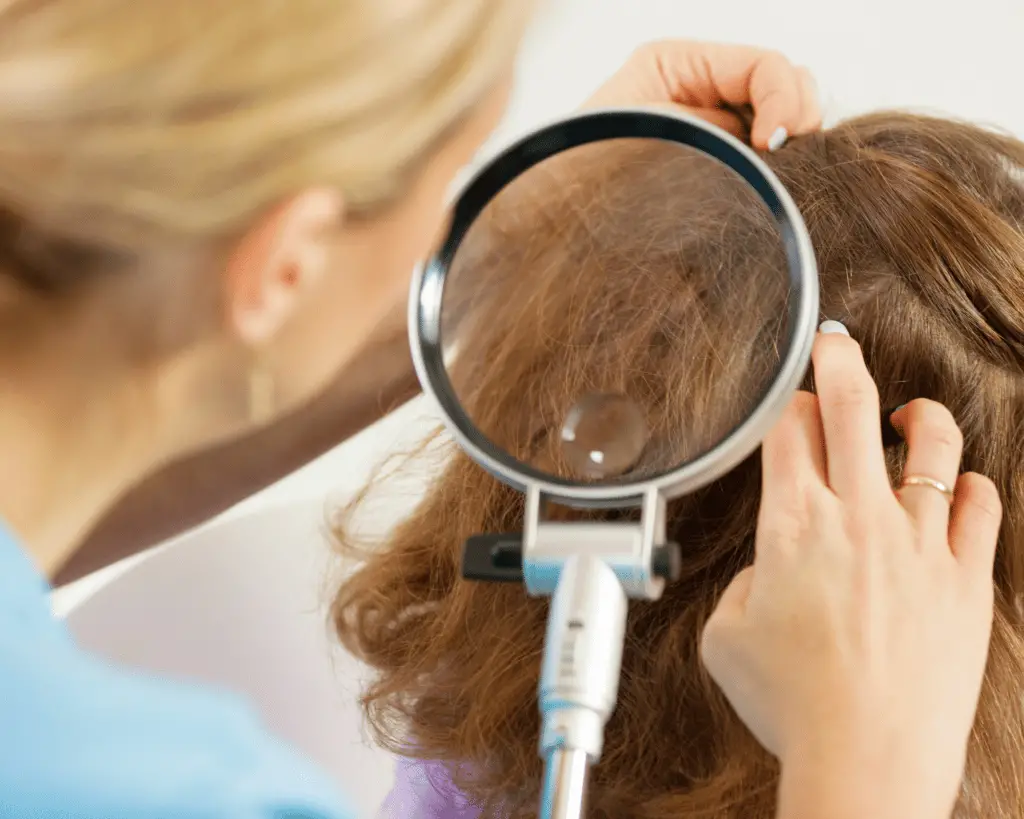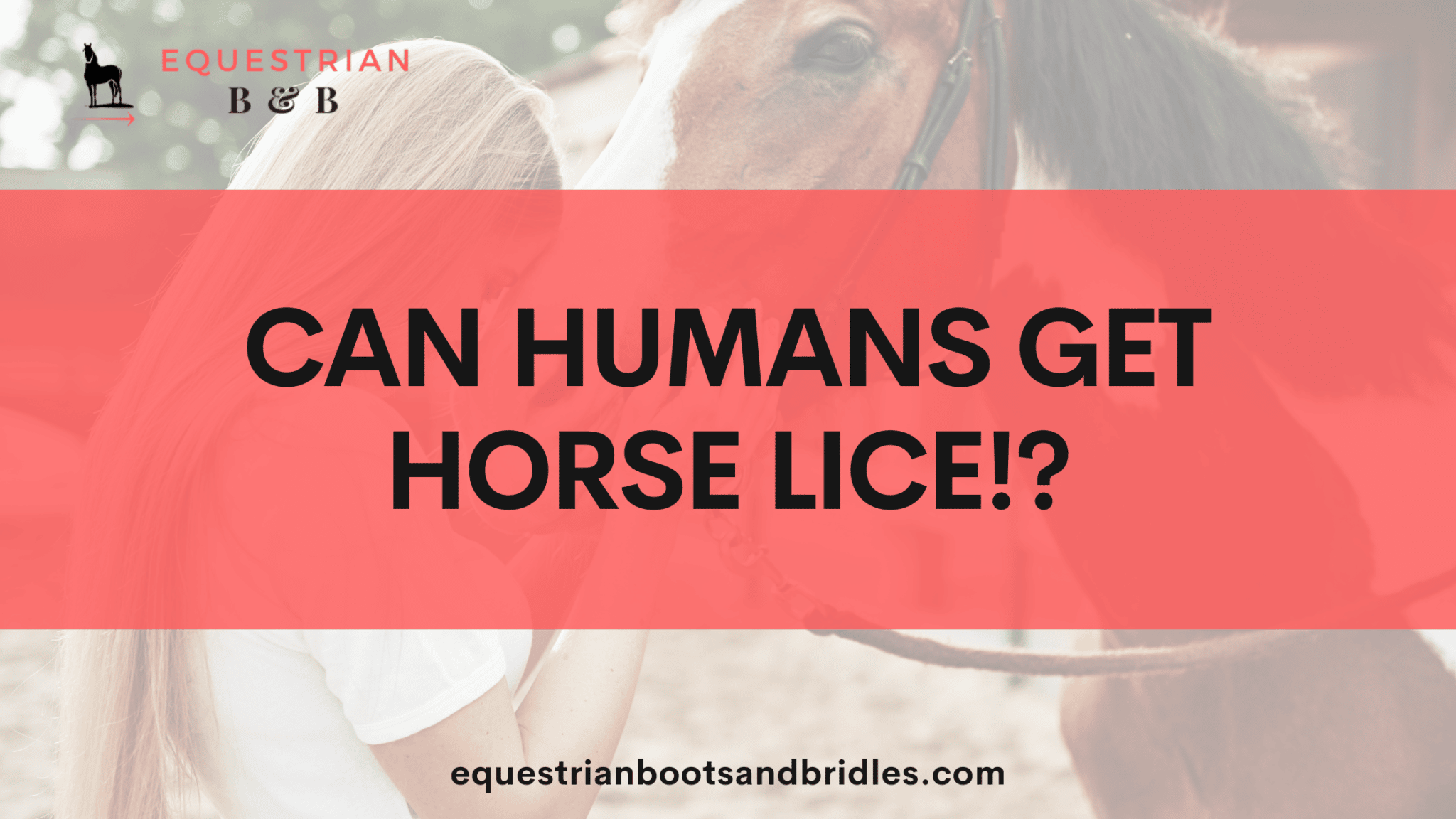The short answer to the question of “Can humans get horse lice?” is no, humans can’t get lice from horses. The species of louse that infest horses is one that doesn’t thrive on humans. Therefore, there will be no lasting transfer of horse lice from a horse to a human. When you’re next to a horse that’s infested with horse lice, you may find a louse or two on your clothing or skin. Don’t panic! The horse louse can’t make its home on you, and you can safely smash the louse without the worry of bringing something home with you.
Why Horse Lice on Humans Doesn’t Happen
Horses and humans are both mammals, both grow and shed skin cells and hair follicles, and both use the same kind of treatment for lice. However, there is no such thing as horse lice on humans, and human lice won’t infest horses.
The major reason for this is the fact that horse lice and human lice have evolved differently from each other. The two species of horse lice have adapted to target horses and will only infest certain areas of a horse’s body. Meanwhile, human lice have evolved to infest body hair in the head and pubic regions and live on the skin.
Lice come in two types: biting and chewing. These types of lice are found in all species of lice, but horse lice are adapted to feeding on horses in ways that aren’t possible on a human. Horse lice simply can’t transfer their method of feeding to humans, and human lice don’t have the strength to attach themselves and feed on horses.
Adaptation to a particular type of host is what has enabled lice to exclusively survive on different types of hosts. Lice can infest mammals, reptiles and birds, but they’ve evolved to specialize in the infestation of their host species.

Understanding the Difference Between Horse and Human Lice
Humans play host to three types of lice, while horses are host to two types.
Horse lice species include:
- Haematopinus asini (sucking)
- Bovicola equiv (chewing)
Human lice species include:
- Pediculus humans capitis (head louse)
- Peidulus humans corporis (body or clothes louse)
- Pthirus pubis (crab or pubic louse)
The overall appearance of lice doesn’t change much from species to species. In general, a louse has a pair of antennae, a head shape that’s suited for chewing or sucking up a meal, six legs behind the head, and a thorax that’s oblong in shape and can be long or short, depending on the species. They’re sometimes likened to crustaceans in appearance.
Transmission of lice is usually the result of coming into contact with another individual that’s carrying a lice infestation. Humans of any age and physical condition can pick up lice, but lice is usually seen in horses with poor body condition (although this is not an absolute).
It’s worth noting that the appearance of lice is not due to a lack of hygiene or animal husbandry. Lice await the opportunity to be introduced to a host through transmission from another animal or infected brush or comb. They’re a nuisance, but easily treated and eliminated, and preventable by taking a few easy precautions.

Comparing the Treatment of Horse Lice to Human Lice
Treatment for the elimination of lice in horses and humans is similar. Humans can use ivermectin cream in their hair to kill the adults and nits, while horses can be given ivermectin orally to make their blood toxic to lice. At no time should a human ingest ivermectin for the eradication of lice as it’s toxic to the digestive system.
Mechanical methods of removing lice can also be used to get rid of lice, and cleaning or throwing out brushes and combs is also an option. Ivermectin cream is most effective for eliminating lice, but home remedies can be used to kill adults and remove eggs from hair follicles. The nature of a louse infestation in horses is in areas where the hair is thick and can hold onto lice-killing powders and liquids more easily.
Even though the types of lice in humans and horses are different, you can use the same methods and similar treatments to kill them off. Make sure that you’re using a product that’s appropriate for treatment and is intended for human or equine use.
In terms of how lice manage to survive, there’s little difference between the horse and human varieties. Check out the Complete Guide to Horse Lice to learn more about lice in horses and how to handle an infestation.

